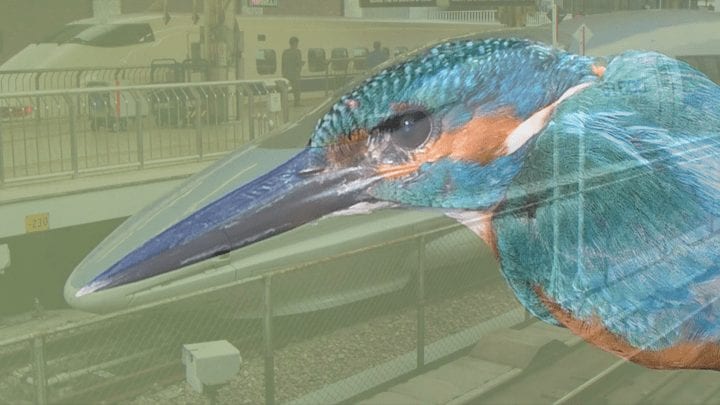In this three-part lesson students explore what nature can teach us about the principles of sustainable design and reflect on applications to a problem in their home, school, or community.
Objectives
- Students will understand what biomimicry and sustainable design are.
- Students will be able to describe some of nature's basic operating principles
- Students will be able to give examples of how humans use nature’s designs in order to solve problems.
- Students will understand how to use biomimicry to help them think differently about a problem.
In three 45-minute class periods, middle school students work in small groups to study examples of and understand nature’s basic operating principles (e.g., nature runs on sunlight, nature fits form to function). They reflect on examples of the principles in nature and how humans currently use or could apply them to solve problems. Then students apply what they have learned to a problem in their home, school, or community. The lesson materials include a Teacher’s Guide and a Student Handout.
This lesson is aligned to The Cloud Institute’s Education for Sustainability (EfS) Standards and McREL National Standards for Language Arts Level III (6-8)
Biomimicry: Nature as Model, Measure and Mentor is part of a collection of free EfS lessons provided on the Cloud Institute website. It is part of the series titled, “Natural Laws and Principles of the Materials Cycle.” While only this lesson specifically addresses biomimicry, the others would be complementary.




